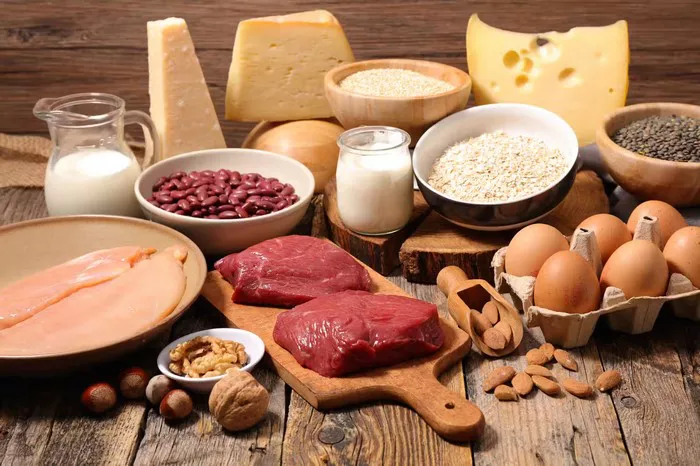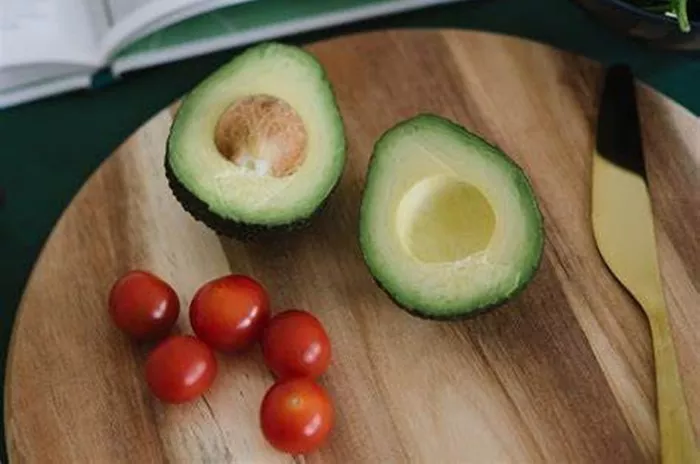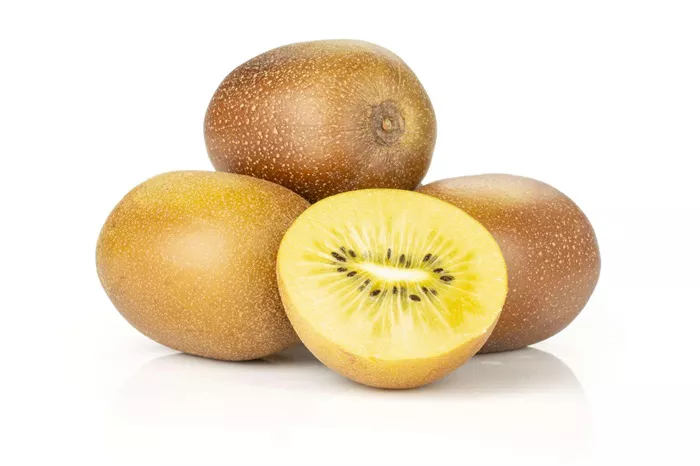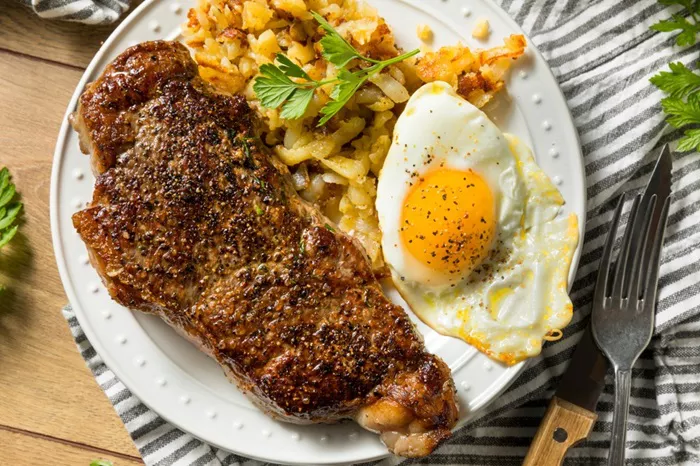Protein is an essential macronutrient that plays a crucial role in various bodily functions, including muscle repair, immune function, and hormone production. Incorporating protein-rich foods into your diet is essential for overall health and well-being. However, not all foods are created equal when it comes to protein content. In this article, we’ll explore the most protein-rich foods available, highlighting their nutritional benefits, versatility, and culinary potential.
Understanding Protein and its Importance
The Role of Protein in the Body
Protein is made up of amino acids, which are the building blocks of cells, tissues, and organs in the body. It is essential for:
Muscle Growth and Repair: Protein is crucial for building and repairing muscle tissue, making it essential for athletes, fitness enthusiasts, and anyone engaging in physical activity.
Immune Function: Many immune cells and antibodies are made up of proteins, helping to defend the body against infections and diseases.
Enzyme Function: Proteins act as enzymes, facilitating chemical reactions in the body that are necessary for metabolism, digestion, and other physiological processes.
Hormone Regulation: Certain proteins serve as hormones or hormone receptors, playing a role in regulating various bodily functions, including metabolism and growth.
Daily Protein Requirements
The recommended dietary allowance (RDA) for protein varies depending on factors such as age, sex, weight, and activity level. As a general guideline, adults should aim to consume approximately 0.8 grams of protein per kilogram of body weight per day. However, individuals engaged in intense physical activity or strength training may require higher protein intake to support muscle repair and growth.
The Most Protein-Rich Foods
1. Lean Meats
Lean meats are among the most protein-rich foods, providing a high-quality source of complete protein along with essential nutrients such as iron, zinc, and vitamin B12. Examples of lean meats include:
Chicken Breast: Skinless, boneless chicken breast is exceptionally lean and packed with protein, making it a favorite among health-conscious individuals.
Turkey Breast: Like chicken breast, turkey breast is low in fat and high in protein, making it an excellent choice for lean protein intake.
Beef Tenderloin: Lean cuts of beef, such as tenderloin or sirloin, are rich in protein and can be incorporated into a variety of dishes.
Pork Tenderloin: Pork tenderloin is another lean protein option that can be grilled, roasted, or sautéed for a delicious and nutritious meal.
2. Fish and Seafood
Fish and seafood are not only rich in protein but also provide essential omega-3 fatty acids, which are beneficial for heart health and brain function. Some protein-rich options include:
Salmon: Salmon is a fatty fish that is rich in protein and omega-3s. Grilled, baked, or broiled salmon fillets make a delicious and nutritious meal.
Tuna: Canned tuna is a convenient and affordable source of protein, perfect for adding to salads, sandwiches, or pasta dishes.
Cod: Cod is a mild-tasting white fish that is low in fat and high in protein, making it a versatile option for seafood lovers.
Shrimp: Shrimp are low in calories but high in protein, making them an excellent choice for adding protein to stir-fries, salads, or seafood pasta dishes.
3. Eggs
Eggs are a nutritional powerhouse, providing a complete source of protein along with essential vitamins and minerals. Both the egg white and yolk contain protein, making eggs a versatile ingredient for a wide range of dishes. Whether boiled, scrambled, poached, or incorporated into baked goods, eggs are an affordable and convenient protein option.
4. Dairy Products
Dairy products are excellent sources of protein, calcium, and other essential nutrients. Some protein-rich dairy options include:
Greek Yogurt: Greek yogurt is strained to remove excess liquid, resulting in a thicker, creamier texture and higher protein content compared to regular yogurt.
Cottage Cheese: Cottage cheese is a fresh cheese made from curdled milk, known for its high protein content and versatility in both sweet and savory dishes.
Milk: Cow’s milk, as well as alternative milks such as soy milk and almond milk, contains protein and can be used as a beverage or added to recipes such as smoothies, oatmeal, or baked goods.
Cheese: Cheese varieties such as cheddar, mozzarella, and Swiss are rich in protein and can be enjoyed on their own or as ingredients in various dishes.
5. Legumes and Beans
Legumes and beans are plant-based sources of protein that are also rich in fiber, vitamins, and minerals. Some protein-rich legumes include:
Lentils: Lentils are a type of legume that come in various colors, including green, brown, and red. They are a rich source of protein and can be used in soups, stews, salads, and side dishes.
Chickpeas: Chickpeas, also known as garbanzo beans, are a versatile legume commonly used in Mediterranean and Middle Eastern cuisines. They can be roasted, mashed, or pureed to make dishes such as hummus, falafel, or chickpea salads.
Black Beans: Black beans are a popular legume in Latin American cuisine and are often used in soups, stews, and rice dishes. They are high in protein and fiber, making them a nutritious addition to any meal.
Kidney Beans: Kidney beans are kidney-shaped legumes that are commonly used in chili, bean salads, and bean dips. They are rich in protein and can help promote satiety and weight management.
6. Nuts and Seeds
Nuts and seeds are nutrient-dense foods that provide protein, healthy fats, vitamins, and minerals. Some protein-rich options include:
Almonds: Almonds are a versatile nut that can be enjoyed on their own as a snack or added to dishes such as salads, oatmeal, or baked goods.
Peanuts: Peanuts are technically legumes but are often classified as nuts due to their similar nutritional profile. They can be enjoyed roasted, boiled, or ground into peanut butter.
Chia Seeds: Chia seeds are small seeds that are rich in protein, fiber, and omega-3 fatty acids. They can be added to smoothies, yogurt, or oatmeal for an extra protein boost.
Flaxseeds: Flaxseeds are another excellent source of plant-based protein, omega-3s, and fiber. They can be ground and added to baked goods, cereals, or salads for added nutrition.
Choosing the Most Protein-Rich Foods
Consider Complete Proteins
Complete proteins contain all nine essential amino acids that the body cannot produce on its own. Animal-based sources such as meat, fish, eggs, and dairy are complete proteins, while most plant-based sources are incomplete. However, combining complementary plant-based proteins, such as beans and rice or hummus and whole wheat pita, can create a complete protein.
Balance Protein Sources
Variety is key when it comes to protein intake. Incorporating a variety of protein-rich foods into your diet ensures that you get a wide range of nutrients while also preventing monotony and boredom with your meals.
Mindful Portion Control
While protein is essential for health, it’s essential to consume it in appropriate portions. Overconsumption of protein can lead to excess calorie intake and may strain the kidneys over time. Aim for a balanced diet that includes adequate protein along with plenty of fruits, vegetables, whole grains, and healthy fats.
Consider Dietary Preferences and Restrictions
Individuals with dietary preferences or restrictions, such as vegetarians, vegans, or those with food allergies or intolerances, may need to be more selective in choosing protein-rich foods. Fortunately, there are plenty of plant-based protein options available, including legumes, beans, nuts, seeds, and soy products.
Conclusion
Protein is a vital nutrient that plays a crucial role in supporting overall health and well-being. Incorporating protein-rich foods into your diet is essential for meeting your body’s nutritional needs and supporting muscle growth, immune function, and other physiological processes. By choosing a variety of protein sources from both animal and plant-based options, you can ensure that you get the nutrients you need to thrive. Whether you prefer lean meats, fish, eggs, dairy, legumes, nuts, or seeds, there are plenty of delicious and nutritious protein-rich foods to enjoy as part of a balanced diet.
[inline_related_posts title=”You Might Be Interested In” title_align=”left” style=”list” number=”6″ align=”none” ids=”9265,9174,9087″ by=”categories” orderby=”rand” order=”DESC” hide_thumb=”no” thumb_right=”no” views=”no” date=”yes” grid_columns=”2″ post_type=”” tax=””]































